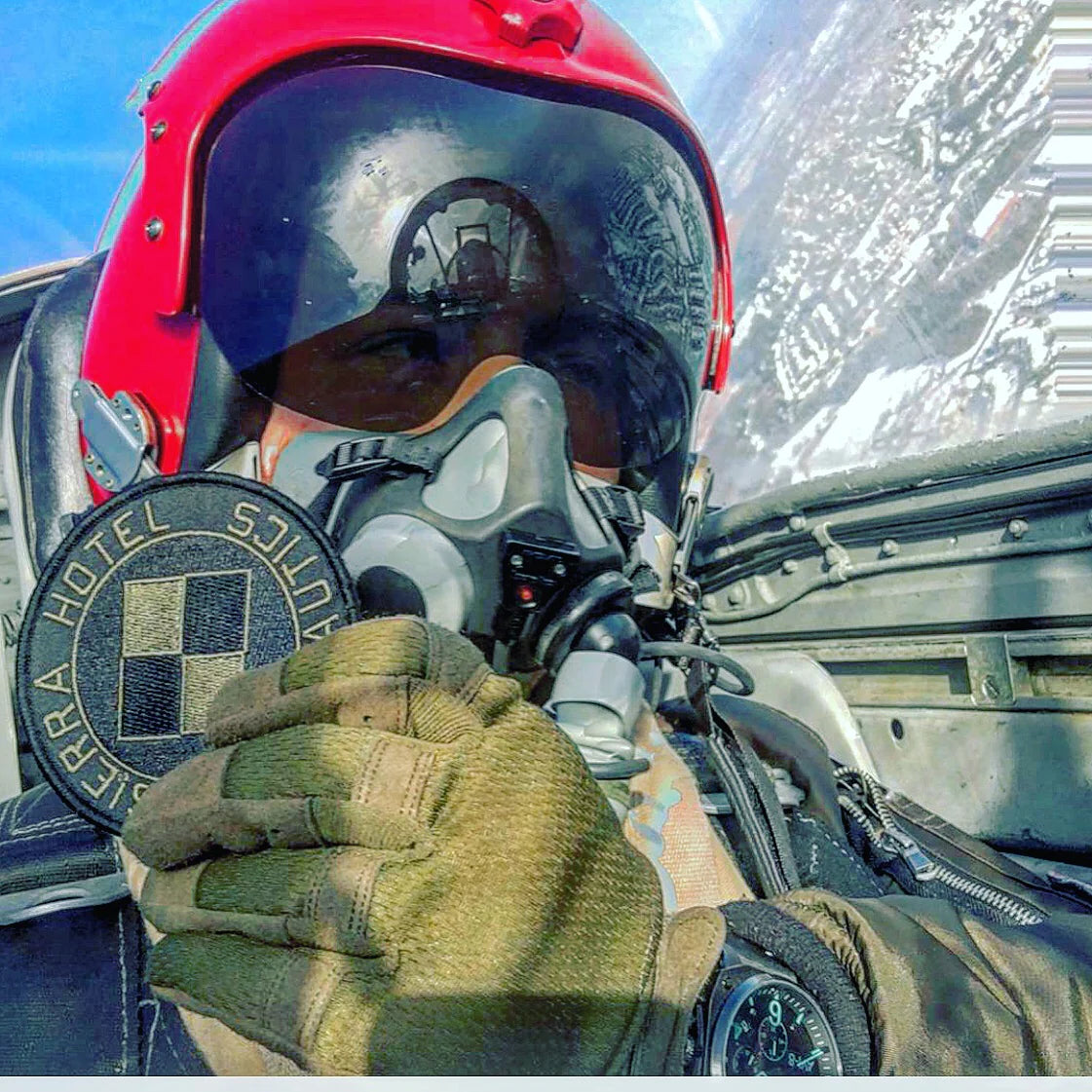The Fastest Speed Ever Reached by a Manmade Object?

In case you ever wondered what the world's fastest boat was…well, on October 8th, 1978, the jet-powered watercraft named "Spirit of Australia" reached 317.596 mph on the Tumut River. This aquatic feat was made possible by adding a Westinghouse J34 jet engine to the rear of this racing boat.

On land, the world's fastest land vehicle is none other than the Thrust SSC, which set the world land speed record on the 15th of October 1997, when it achieved the speed of 763 mph and became the first land vehicle to officially break the sound barrier.

The world's fastest aircraft is the air-breathing Lockheed SR-71 Blackbird long-range, high-altitude, Mach 3+ strategic reconnaissance aircraft operated by the United States Air Force. Developed as a black project reconnaissance aircraft by the Lockheed Skunk Works division. Faster than a rifle bullet, the SR-71 broke the world aircraft speed record when she reached over Mach 3.3 or 3,529kph(2,193 miles per hour) on July 28th. 1976.
.
Amazingly, the Blackbird does not have a top speed. Her engines and airframe could reach much greater speeds, except she is limited by one thing...temperature. If the SR was allowed to fly as fast as she could, she would continue her acceleration until literally beginning to melt from atmospheric friction.
Amazingly, the Blackbird does not have a top speed. Her engines and airframe could reach much greater speeds, except she is limited by one thing...temperature. If the SR was allowed to fly as fast as she could, she would continue her acceleration until literally beginning to melt from atmospheric friction.
.

The world's fastest rocket-powered aircraft was the hypersonic North American X-15, operated by the United States Air Force and the National Aeronautics and Space Administration. The X-15's official world record for the highest speed ever recorded by a manned, powered aircraft was set on October 1967, when William J. Knight flew at Mach 6.70 at 102,100 feet, at a speed of 4,520 miles per hour.

During liftoff, the space shuttle weighs in at more than 4.5 million pounds. At this weight, the shuttle slowly accelerates over a period of eight seconds, she reaches 100mph and has already consumed more than one and a half million pounds of fuel. At the two-minute mark, the shuttle is approximately 28 miles downrange and travelling more than 3,000 mph. The propellant in the two boosters is exhausted,v and the booster casings are jettisoned. Once orbit is achieved, the Shuttle reaches 17,180 mph, roughly equivalent to Mach 23 at sea level.
.
 .
.During the fourth crewed mission in the Apollo program and the second to orbit the Moon. Apollo 10 was the"dress rehearsal" for the first Moon landing. Its purpose was to test all components and procedures just short of the actual landing. The Apollo Lunar Module (LM) was flown to a descent orbit within 8.4 nautical miles of the lunar surface, then firing her rocket to return to lunar orbit. On the way back to Earth, the crew of Apollo 10 in the Command Service Module (Charlie Brown), reached a top speed of 24,791 miles per hour, or 11.8 kilometres per second, on the 26th of May, 1969. This was the highest speed ever reached by a manned vehicle.

Voyager 1 is a space probe launched by NASA on September 5th, 1977, to study the outer Solar System. Having operated for 42 years, 2 months and 22 days, the spacecraft still communicates with the Deep Space Network and is currently at a distance of 13.7 billion miles from Earth as of November 4, 2019. Not only one of the fastest manmade objects, now travelling at over 38 thousand miles per hour, it is also the most distant man-made object from Earth.
So what was the fastest manmade object in human history?
Well, it wasn’t what you think…
So what was the fastest manmade object in human history?
Well, it wasn’t what you think…
.
It was a manhole cover.

In 1957, Operation Plumbbob was conducted to study the effects of nuclear explosions at the Nevada Test Site next door to Area 51. The operation consisted of 29 separate detonations under the watch of twenty-one laboratories and government agencies involved in the project studies. The tests were meant to observe the effects of assorted yields in intercontinental and intermediate-range missiles. These tests included placing a nuclear bomb in towers, as well as holes to measure the effects on civil and military structures, radiation and bio-medical studies.
.

On July 26, 1957, at 22:35:00, at Area U3da, Pascal-A was detonated in a manmade shaft dug into the desert floor, becoming the first underground shaft nuclear test. The knowledge gained here would provide data to prevent nuclear yields in case of accidental detonations. After the nuclear device was placed at the bottom of the shaft, a 2000-pound armour plate was placed on top of the shaft to seal it. Engineers expected it to be blown off.
.

.
When the nuclear bomb was detonated at the bottom of the shaft, the nuclear material released 99.9% of its total energy within a millionth of a second. As the smoke cleared after the test...there was no sign of the armour plate. When reviewing the high-speed cameras, the manhole cover was seen in a single frame. Given the speed of the frames, they were able to calculate the departure speed of the manhole cover to blast off the top of a test shaft at a speed of more than 41 miles per second or over 150,000 mph.
.
Experimental engineers had estimated that due to the dynamic overpressure resulting from the nuclear explosion, combined with the specific design of the shaft, would accelerate the manhole cover to approximately six times Earth's escape velocity(25,020 mph). The plate was never found, however, it is hypothesized that it may have been vaporized by atmospheric compression temperatures due to its extreme speed.

.
Given the fact that the manhole cover was travelling at 41 miles per second, well above the necessary velocity to escape Earth's gravity. It is quite likely that the manhole cover left our atmosphere with great expediency, smashed through the orbital gravitational pull of our planet, and continued on its merry way into the cold darkness of space.

.
As a matter of fact, the manhole cover is still travelling away from our planet and hasn’t started slowing down yet…
In August of 2018, the NASA Parker Solar Probe was launched and during its closest approach to our sun (Perihelion), the Probe was slingshot to a blistering two hundred and forty-four thousand, two hundred and fifty-five miles per hour. Enough to encircle our world 13 times in a single hour, which, in all fairness, does surpass the speed of the manhole cover…but is far less interesting of a story. So, we choose to discredit any competitor whose speed is derived from the gravitational force of our sun, thereby re-establishing the manhole cover as the fastest object created by mankind.
In August of 2018, the NASA Parker Solar Probe was launched and during its closest approach to our sun (Perihelion), the Probe was slingshot to a blistering two hundred and forty-four thousand, two hundred and fifty-five miles per hour. Enough to encircle our world 13 times in a single hour, which, in all fairness, does surpass the speed of the manhole cover…but is far less interesting of a story. So, we choose to discredit any competitor whose speed is derived from the gravitational force of our sun, thereby re-establishing the manhole cover as the fastest object created by mankind.
.
.













The SR-71 does have a top speed it can’t exceed, fact.
Not only was she limited by the temperature of air entering the front of her J58 engines, 427ºC if I recall correctly, but at anything above Mach 3.55 the retractable inlet spikes could no longer correctly control the airflow into her engines and she would instantly lose most/all of her thrust, fact.
FYI her fastest ‘unofficial’ speed ever reached was Mach 3.52 during a VIP flight with a certain man of the clergy, fact.
In this article you state that:
“In August of 2018, the NASA Parker Solar Probe was launched, and on April 29th, 2018, during its closest approach to our sun (Perihelion)”
Just curious…how did it reach perihelion four months before it was launched?
how interesting
How can they measure exact
Great read!
Leave a comment